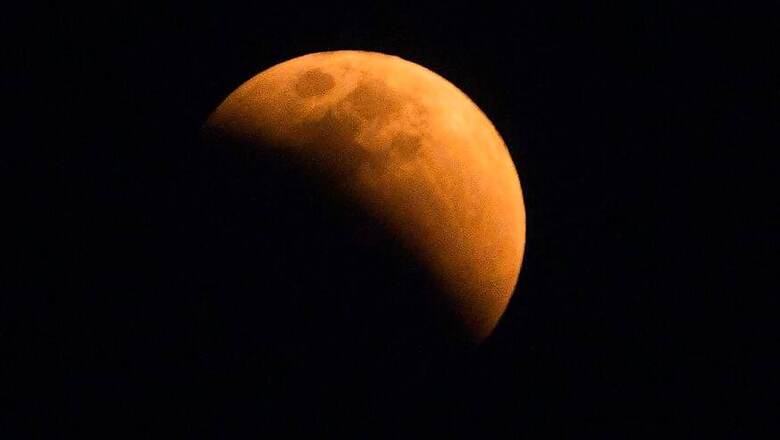
views
The world will witness the second penumbral lunar eclipse of the year 2020 on Friday (June 5). A lunar eclipse or Chandra Grahan occurs when the Earth, sun and moon are aligned in a straight line. However, in a penumbral lunar eclipse, the three celestial bodies are not in a straight line.
Earth comes between the sun and moon, blocking the sunlight to reach the surface of the moon. However, there are usually three types of lunar eclipse: total, partial and penumbral.
On this Friday (June 5), the Earth will block just some of the sunlight, resulting in a formation of the outer shadow or the penumbra on the moon. The phenomenon will be seen in Brazil, western Africa and most of Europe at moonrise on Friday night.
The rest of Africa and most of Asia will witness the eclipse between the intervening nights of June 5 and 6, whereas Northeast Asia and New Zealand will be able to see the penumbral lunar eclipse’s towards moonset and dawn. Unfortunately, people from North America will not be able to witness the eclipse at all.
When and how to watch the Penumbral Lunar eclipse in India
In India, the penumbral lunar eclipse on Friday will be visible for a duration of 3 hours and 18 minutes. It will begin at 11:15 pm on June 5 and end at 2:34 am on June 6. The eclipse will reach its highest peak or the maximum eclipse at 12:54 am on June 6.
The eclipse can be watched with naked eyes without the use of any special equipment like binoculars or special lenses.



















Comments
0 comment